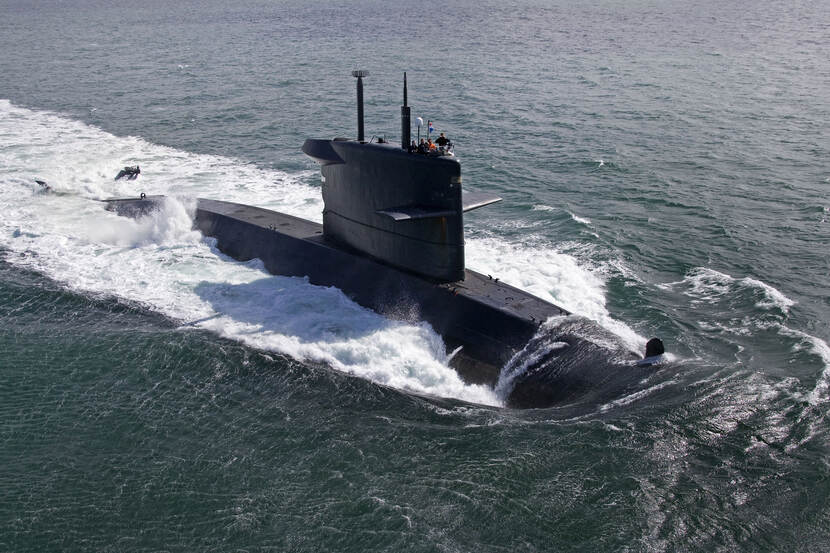Submarine replacement project enters new phase: Walrus class to stay in service a while longer
The Netherlands intends to maintain its much-needed submarine capability within NATO and the EU, meaning allies and partners can continue to count on the Netherlands in the coming decades. The developments on the eastern flank of NATO territory underscore how important it is for NATO partners to continue investing in their regular and niche capabilities. The Netherlands Ministry of Defence is now taking steps to improve the submarine replacement project. Netherlands State Secretary for Defence Christophe van der Maat today sent a letter to the House of Representatives informing them of this decision.

In recent months, additional information has been gathered, launching the project into a new phase. Van der Maat has now reached three decisions in the project; one of the most complex acquisitions within the Defence organisation. The first step is the immediate preparation of the invitation to tender. In addition, the current Walrus class of submarines will remain in service for longer, but with fewer boats. Management of the project will also be improved.
On the basis of the findings of the dialogue phase, the purchase of the submarines and their subsequent maintenance will now be considered separately. The remainder of the dialogue phase is to be cancelled. Defence intends to send the request for tender to the shipyards involved before the end of the year. Doing so will expedite the process of determining which of the three candidate yards will build the submarines. Agreements regarding life cycle maintenance will be addressed after this stage. The Directorate of Materiel Sustainment in Den Helder will have a leading role in this regard.
Within the programme of requirements, the Netherlands aims to set specific design requirements in order to continue to provide its distinctive capability in the NATO context. According to Van der Maat, the new submarines must also be capable of launching long-range missiles. Plans for a possible reinforcement of maritime striking power are being included in the Defence White Paper.
Walrus class to remain in service for longer
For the Netherlands Submarine Service to remain operational until the new boats are in place, the current submarines must remain in service longer than originally anticipated. The plan is now to extend their service until the mid-2030s, provided this can be achieved safely.
Their extended service life requires a different maintenance concept, among other things. Therefore, the Defence organisation must in the short term decommission one of the four Walrus-class submarines, and later a second. Parts from the two oldest boats will then be used to maintain the other submarines.
The safety of submarine service personnel will not be affected by this extended service life, stresses Van der Maat. The Military Seaworthiness Authority will closely monitor this.
Improved management
Investigations have shown that several improvements are needed in the management of the project. Therefore, measures will be taken to reorganise its management and improve communication within the project. It is also important to strengthen the project team and to further professionalise the planning process and risk management.
Estimated timeline
As of this phase, Defence will be implementing a milestone planning approach in which the timeline is updated as each new milestone is reached. The first milestone now being worked towards is the award model after the summer, following which the invitation to tender will be sent at the end of 2022. At present, the expectation is that the first two new submarines will be operational between 2034-2037. While this is faster than if the current process remained in place (2035 - 2038), it is still much later than the original time frame envisaged last year (by the end of 2031).